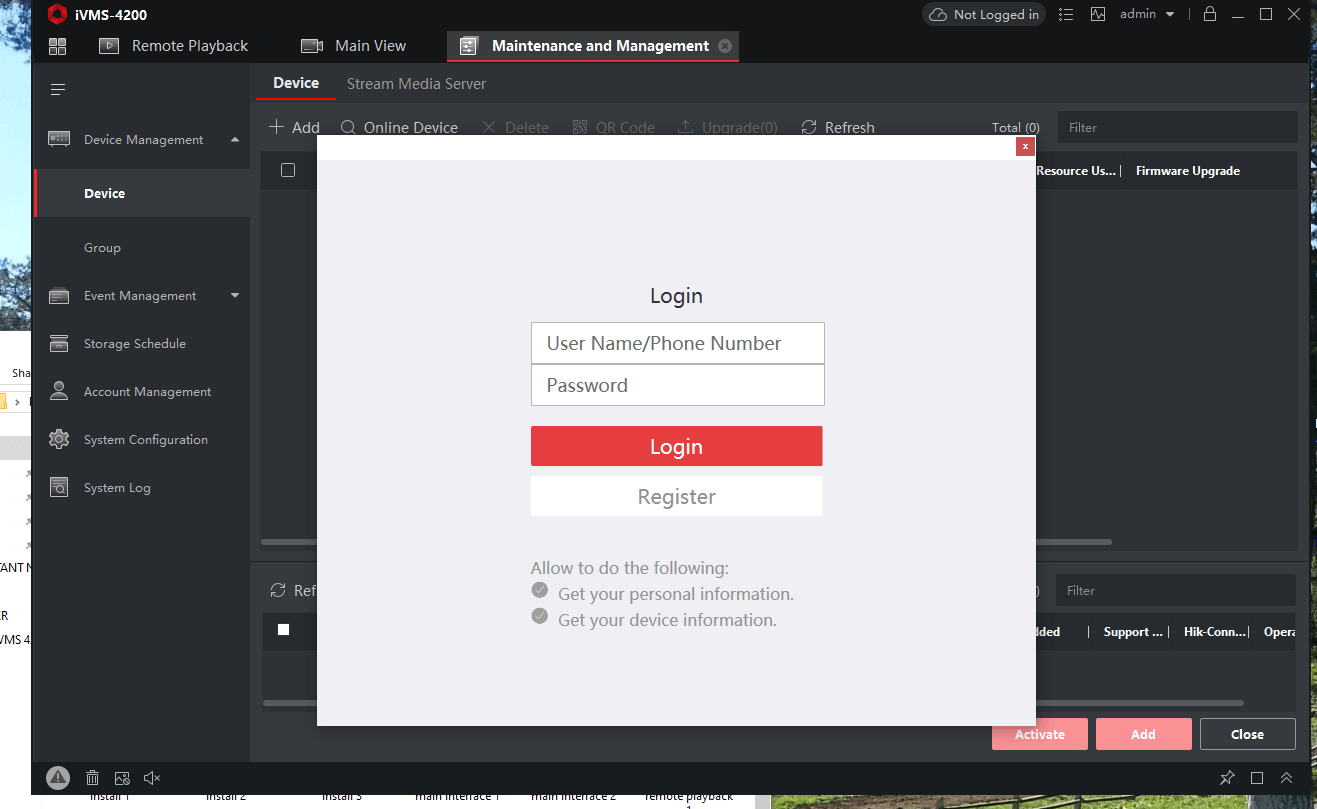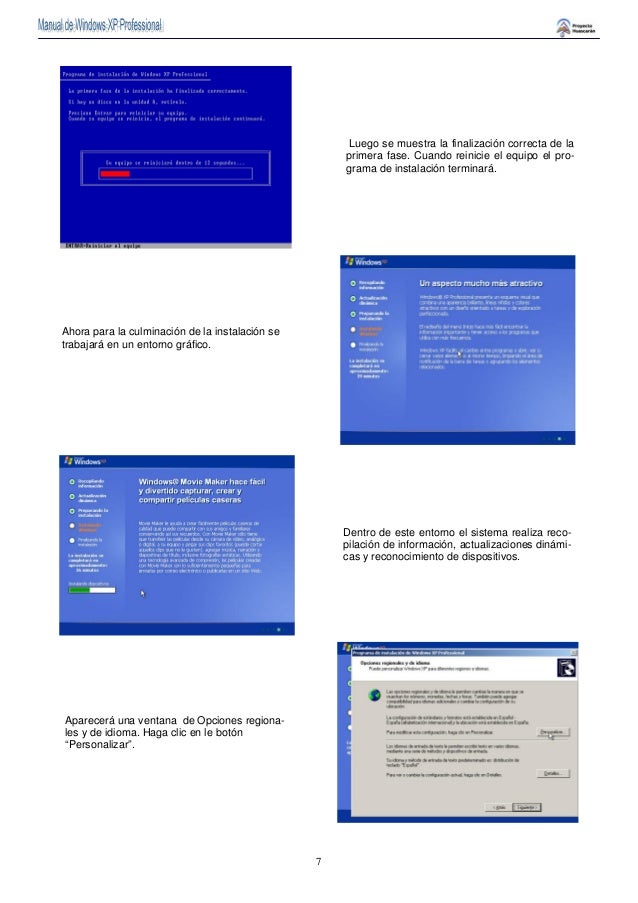

We recommend taking a look at the following configurations when configuring the MotionEyeOS for the first time.

You can configure pretty much everything in your web user interface. We’ve connected two cameras, an USB camera, and the Raspberry Pi Camera V2 module, and it automatically shows live image from both. If you have a camera connected to your Pi, it should be detected automatically, and you should see a live image from the camera. You’ll see the MotionEye login page.Īt the first boot, use the following credentials: Open your browser and type the Raspberry Pi IP address. The IP you’re looking for is the one with “ meye” on the name, as shown in the following figure. To Find your Raspberry Pi IP address, you can use Angry IP Scanner. Now, to access your Raspberry Pi, you need to find your Pi’s IP Address Finding Your Raspberry Pi IP Address Apply power to your Pi, and wait for about 2 minutes for the system to be ready. If you’re using the Raspberry Pi camera V2 module, make sure you’ve connected the camera in the right orientation as shown in the following image Ĥ. Connect an Ethernet cable – this is needed on the first boot ģ. Insert the microSD card in the Raspberry Pi Ģ. When the flash is completed, your microSD card is ready! Booting MotionEye on Raspberry Piįollow the next steps to boot MotionEyeOS for the first time on your Raspberry Pi.ġ. Select the image you’ve get previously, select your microSD card, and click Flash! With the microSD card formatted, and connected to your computer, open Etcher.
VMEYE LOGIN INSTALL
If you don’t have Etcher installed, you can click here and install it on your computer. Then, you can use win32diskimager or Etcher, to write the image onto the SD card. If you’re using the Raspberry Pi 3, choose. With your microSD card connected to your computer, open the SD card Formatter application, and format your microSD card with the “overwrite format” option.Ĭhoose the right image for your device: MotionEyeOS releases page.Install the SD Card Formatter software.
VMEYE LOGIN SOFTWARE

You’ll install MotionEyeOS on a microSD card and then, insert the microSD card into your Raspberry Pi board. To install MotionEyeOs in your Raspberry Pi 3, follow the next steps. You can use the preceding links or go directly to /tools to find all the parts for your projects at the best price! Camera – we’re using the Raspberry Pi camera V2 module, and a USB webcam.Raspberry Pi 3 – read Best Raspberry Pi starter kits.Access your media files through FTP server or SFTP serverįor this project we’re using the following parts:.Store your files in SD card, USB drive, or upload your files to Google Drive or Dropbox.Motion detection with email notifications.Additionally, it brings other useful features when it comes to a surveillance system: It supports most USB cameras, Raspberry Pi camera modules, and IP cameras. MotionEyeOS is the perfect solution to build your own surveillance system because it is simple to install and has a web-based, user-friendly interface that is responsive in practically any browser. The MotionEyeOS supports the following devices: MotionEyeOS is a Linux distribution that turns your single-board computer into a video serveillance system.
VMEYE LOGIN HOW TO
Do you want to turn your Raspberry Pi into a surveillance camera system? The best way to do it is using MotionEyeOS. In this post we’ll show you how to get started with MotionEyeOS on your Raspberry Pi.


 0 kommentar(er)
0 kommentar(er)
